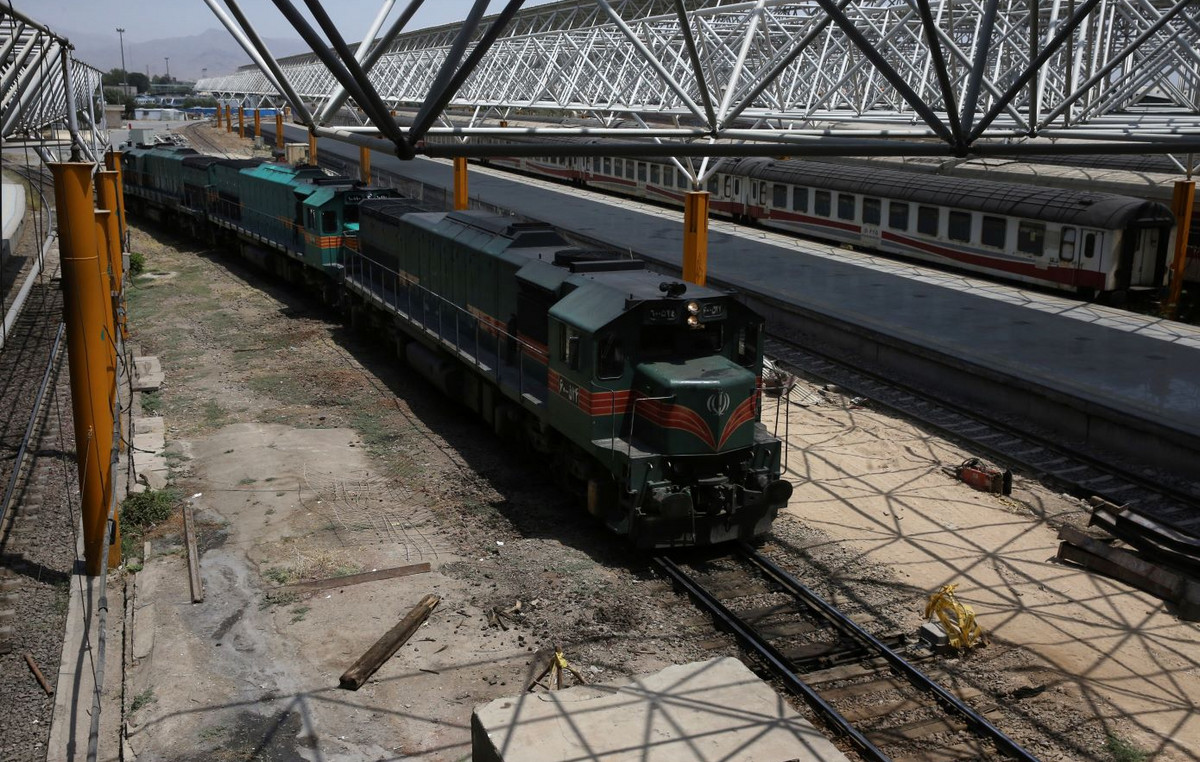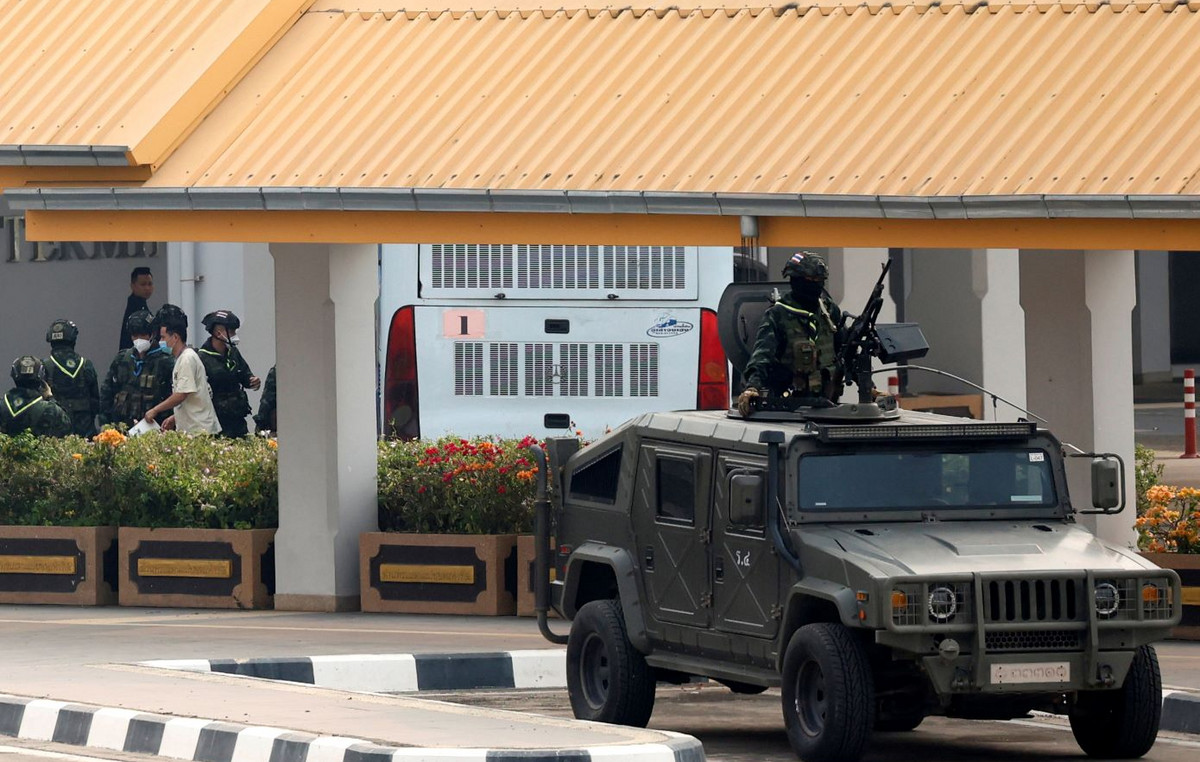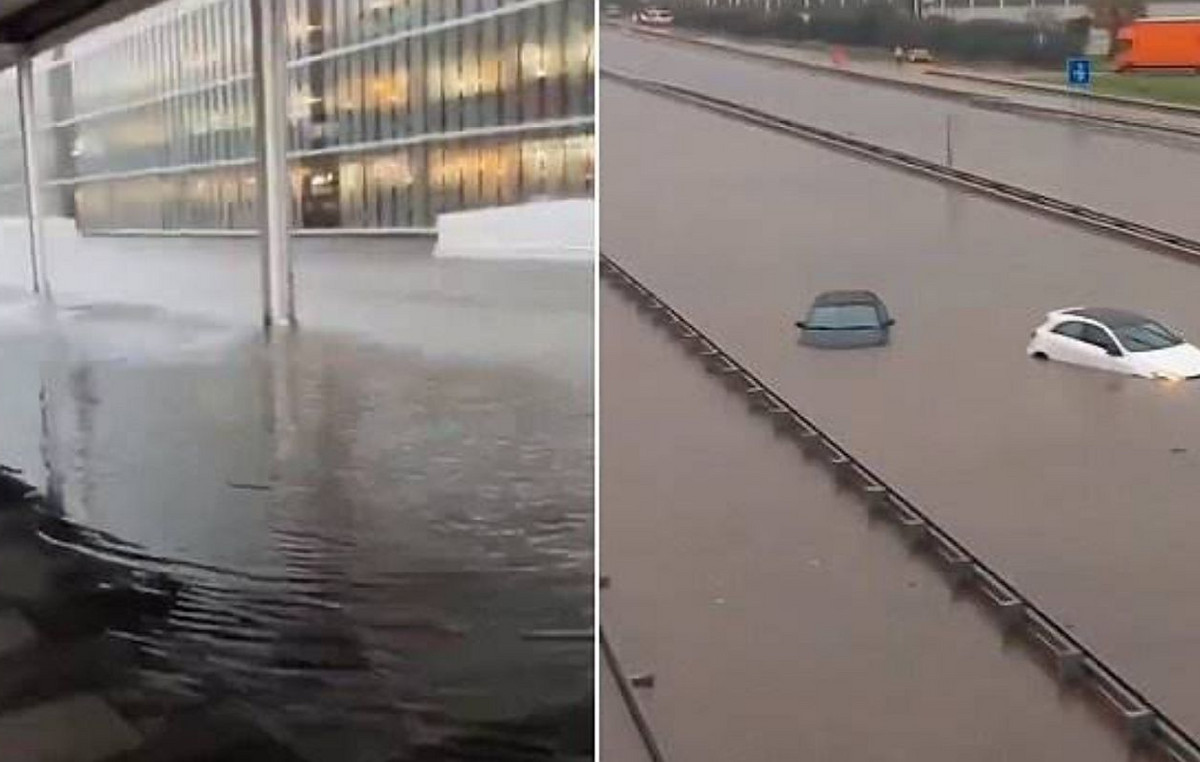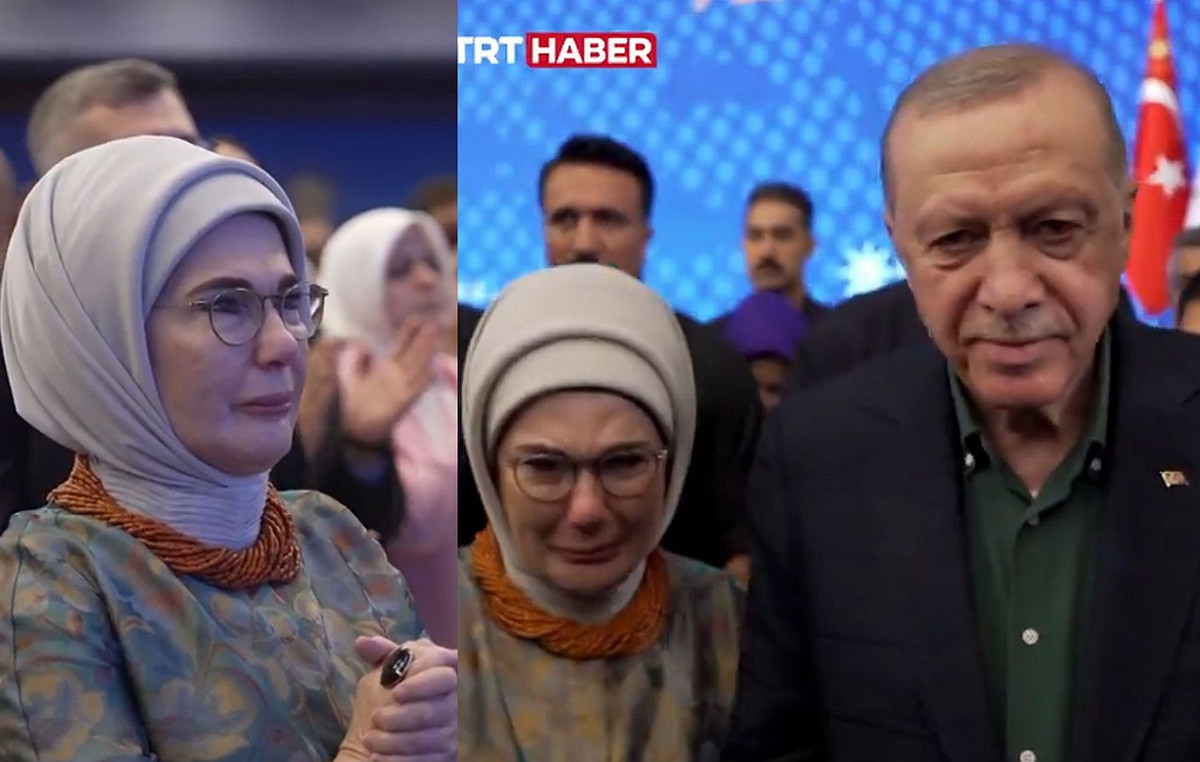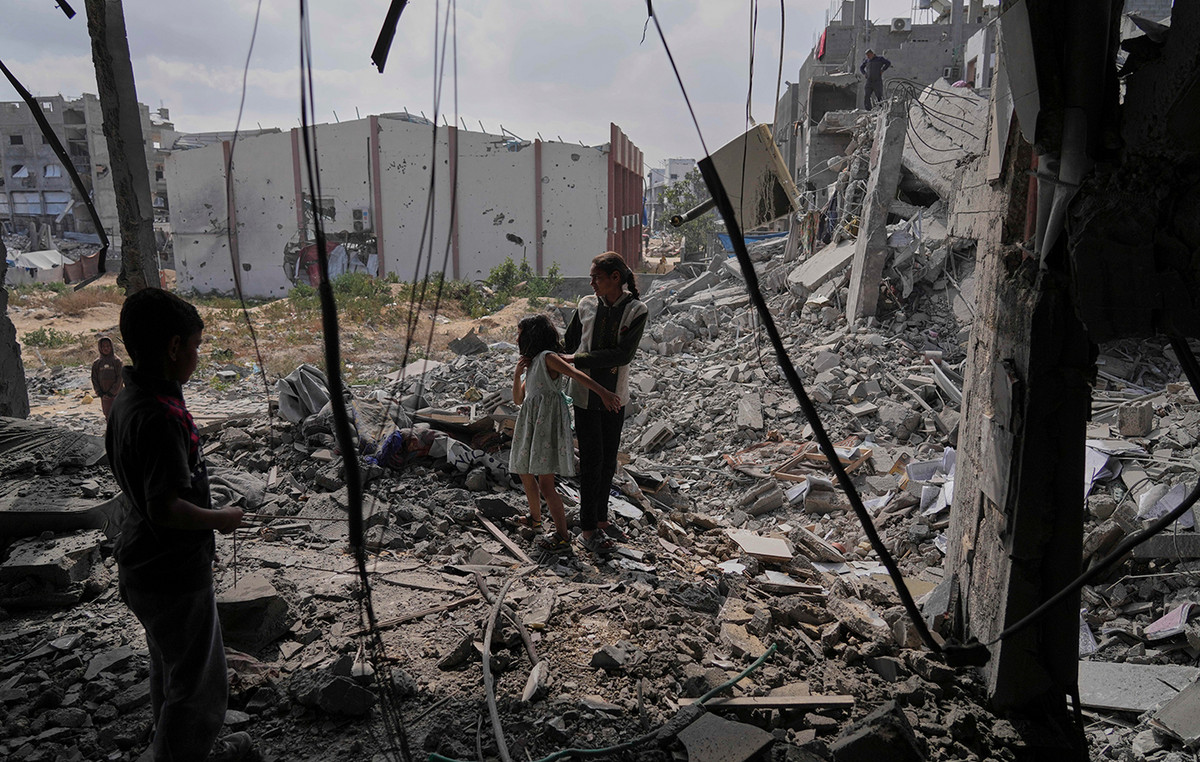The reference calling for the elimination of the use of coal and the end of subsidies for fossil fuels was maintained, albeit slightly toned down, in the COP26 draft published this Saturday (13) after an extension in the talks beyond the stipulated time.
If the final text does maintain the reference to fossil fuels, this would be an unprecedented inclusion in the history of COPs. In all 25 editions prior to Glasgow, coal, oil and natural gas have never appeared as the main drivers of climate change at the conclusion of the summit.
The new draft – which is the third drafted this week – calls on countries to rapidly increase the generation of clean and efficient energy, “including accelerating efforts to eliminate carbon without offsetting emissions and inefficient subsidies to fossil fuels, acknowledging the need to support a just transition”.
Fossil fuels language has been toned down with each draft published so far, the latter including the “need to support a fair transition”.
This passage refers to the responsibility of countries to ensure that the population does not lose their livelihood, access to energy or be left behind as projects involving oil, gas and coal are discontinued.
Another point considered crucial in the final debate is the language surrounding efforts to limit the increase in the planet’s average temperature to 1.5°C compared to industrial levels, an increase in ambition compared to the 2°C established by the Paris Agreement, signed in 2015.
“[As partes] recognize that the impacts of climate change will be much smaller with the increase limited to 1.5ºC compared to 2ºC, and resolve to make efforts to limit the temperature rise to 1.5ºC”, says the text of the draft.
Negotiators failed to reach consensus on Friday to announce the conference agreement, which spurred a final marathon of talks beyond what was expected.
Negotiations advance through Saturday
COP26 President Alok Sharma had expressed optimism that an agreement could be reached by 6 pm local time on Friday, but the deadline ran with deep divisions that remained on key issues, including language about how much the The world should allow the Earth to warm up, the future of fossil fuels and the rules for carbon markets to avoid double counting emissions reductions, or “distorting” credits.
But the most contentious question is whether the rich nations of the developed world should be forced to create an official fund to pay liabilities to the poorest countries for the impacts of the climate crisis, making COP26 one of many climate conferences characterized by a sharp division between the world. developed and the developing world.
Getting all 197 parties present to agree on every word of the final agreement is a painstaking effort. In addition to the simple division between rich and developing countries, there are the large producers of coal, oil and gas, who show a position to the article that calls for the phasing out of uncompensated coal and the end of subsidies for fossil fuels.
“This is a test of the courage of COP President Alok Sharma and whether he can produce ambitious results where there is no obvious consensus,” a group of climate analysts present at the summit commented as talks ran after hours.
Sharma said his main objective for the conference is “to keep 1.5ºC alive”. The latest report by the UN’s scientific group on climate change makes it clear that the world needs to contain global warming to 1.5°C to avoid worsening climate impacts and move away from more catastrophic climate change.
Key elements of the previous sketch seemed at least to be heading towards that. She urged countries to come back to the table by the end of next year, at COP27 in Egypt, with updated plans on reducing greenhouse gas emissions. That would be three years earlier than what is required now under the Paris Agreement.
Reference: CNN Brasil
I’m James Harper, a highly experienced and accomplished news writer for World Stock Market. I have been writing in the Politics section of the website for over five years, providing readers with up-to-date and insightful information about current events in politics. My work is widely read and respected by many industry professionals as well as laymen.

